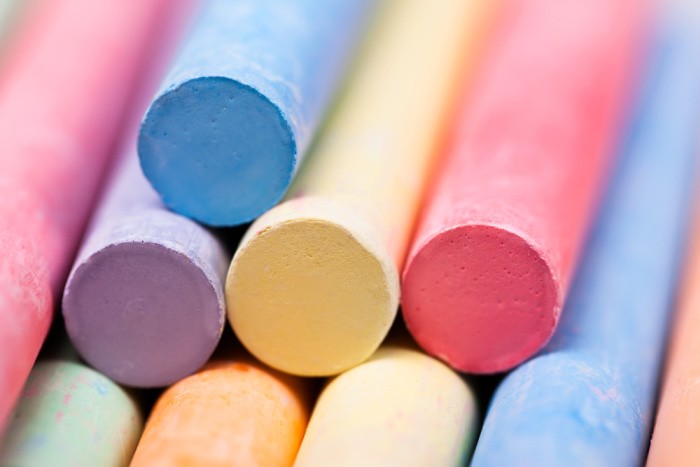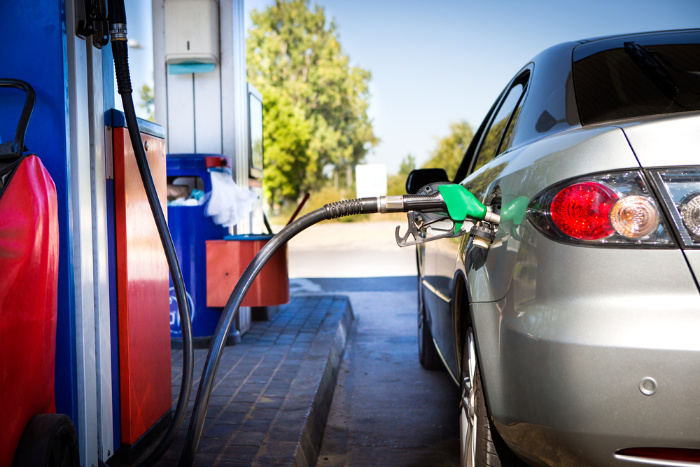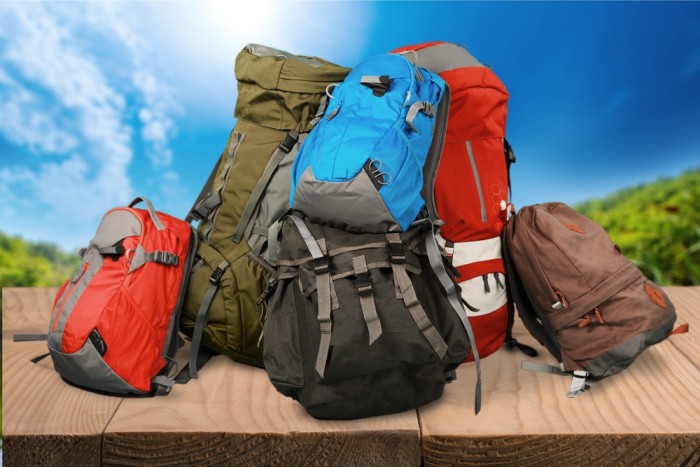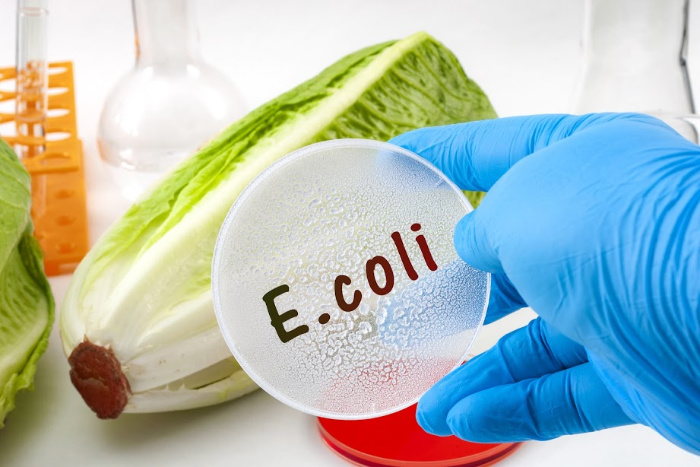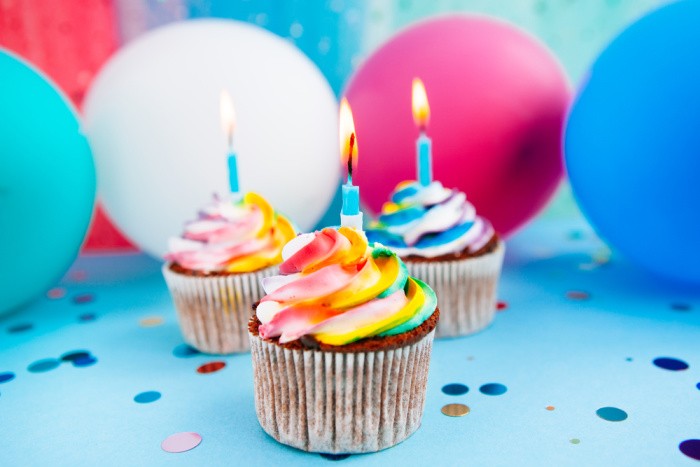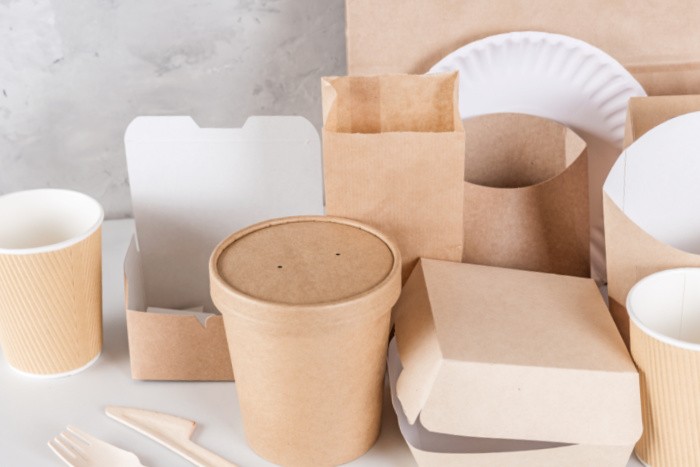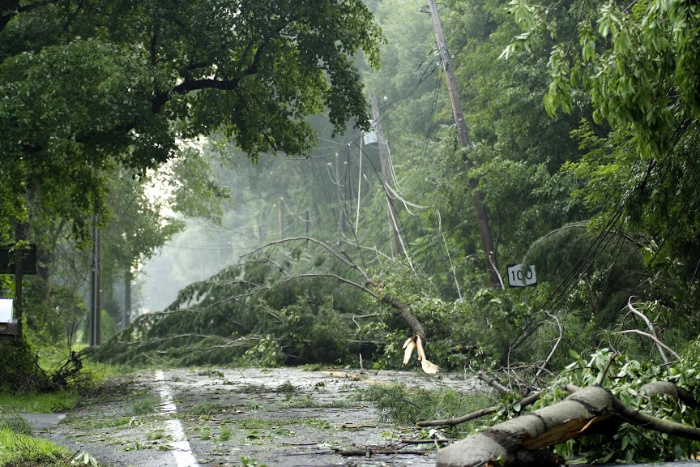How to Use Chalk in Emergency Preparedness
In times of emergency, being prepared is more important than you could ever imagine. While many essential items should be included in your emergency preparedness kit, one often overlooked item is chalk. Chalk may seem like a small thing, but it can make for a valuable tool in various emergencies. Today, I want to talk about how to use chalk in emergency preparedness.
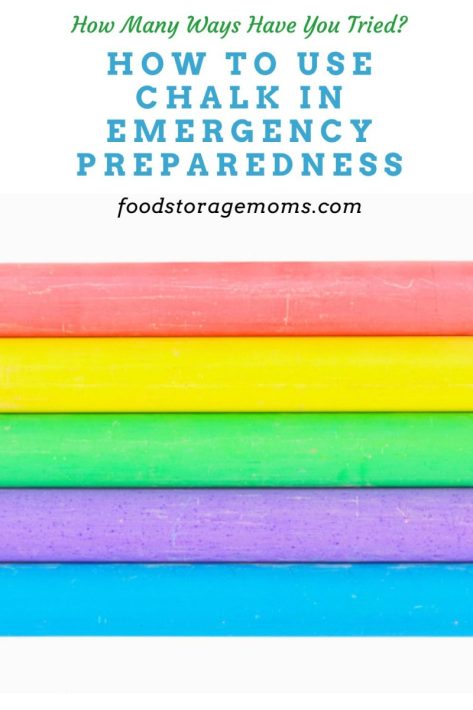
1. Marking and Signaling
Chalk can be used for marking and signaling in emergencies, helping to communicate important information and locations. Writing messages or symbols on walls, sidewalks, or other surfaces, you can provide directions, warnings, or identification marks for rescue teams or fellow survivors. Chalk’s vibrant colors will make these markings highly visible, even in low-light conditions.
2. Mapping and Navigation
During major emergencies, maps may become unreliable. In such cases, chalk can be used to create temporary maps and navigation aids. Did you know you can draw simple maps on smooth surfaces such as concrete or asphalt, you can mark out important landmarks, routes, and potential hazards. Chalk maps can be easily modified or erased as needed, which helps flexibility during rapidly changing circumstances.
- 20 Tips for Prepping at Night When It’s Dark
- The Top 10 Most Important Things to Do as a Prepper
- Using Your Vehicle as a Tool for Prepping
3. Cleaning and Sanitation
Maintaining proper hygiene and sanitation is super important for preventing the spread of diseases during emergencies. Chalk can be used as a cleaning agent when water is scarce or unavailable. Its abrasive texture makes it effective for scrubbing surfaces, helping to remove dirt, grime, and even stains. Chalk can absorb moisture, making it useful for drying damp areas and preventing mold growth.
- Why You Should Make Your Hand Sanitizer + DIY Recipe
- How to Use a Vacuum Cleaner for Prepping
- 10 Cleaning Tips For The Minimalist
4. Fire Safety
In emergencies where power is out, candles and open flames may become necessary for lighting and warmth. Chalk can be used to enhance fire safety by creating a safe perimeter around open flames. You can draw a circle with chalk around the fire, you can visually mark the boundary, and remind individuals to maintain a safe distance. Chalk lines can also be used to mark escape routes or indicate areas that should be avoided due to fire hazards.
- 20 Reasons to Have a Fire Extinguisher On Hand
- After House Fire Checklist
- How Long Does it Take to Recover From a Wildfire?
5. Emergency Signage
During evacuations or in crowded emergency shelters, clear and concise signage is essential for directing people to safety. Chalk can be used to create temporary signs on walls, boards, or floors. With its bold and easily readable marks, chalk signage can help guide individuals to designated exits, first aid stations, or other important locations. Its temporary nature allows for quick updates or changes as the situation changes.
- Prepping Appropriately for Emergency Preparedness in Every Season
- How to Sleep Safely During a Crisis or Emergency
- How to Use Old Clothing for Emergency Preparedness
How can chalk be helpful in search and rescue operations?
Chalk can mark buildings or structures to indicate that they have been searched or cleared. It can also be used to mark paths or trails to guide search teams.
Can chalk be used for communication during power outages?
Yes, chalk can be an effective way to communicate when traditional forms of communication are unavailable. You can use it to leave messages for others or provide directions.
What kind of chalk should I use?
It is recommended to use non-toxic, washable chalk that is easy to see and won’t cause harm to the environment. Sidewalk chalk or chalk markers are good options. Non-Toxic Washable Chalk
How to Use Chalk Around the House
- Labeling – Use chalk to label shelves, jars, containers, or boxes in your pantry or storage area. It’s easy to wipe off and change the labels as needed.
- Removing Grease Stains – Rubbing chalk on grease stains on fabric or upholstery can help absorb the oil before washing.
- Freshening Up Carpets – Sprinkle crushed white chalk on carpet stains to absorb odors. Let it sit for a few hours before vacuuming.
- Preventing Rust – Place a few pieces of chalk in your toolbox or tool drawers to help absorb moisture and prevent rust from forming on metal tools.
- Marking on Dark Surfaces – Use colored chalk to write or draw on dark surfaces like slate, chalkboard paint, or blackboards.
- Insect Deterrent – Create a chalk barrier around entry points to keep ants and other insects at bay. They dislike the texture and will avoid crossing the lines.
- Soothing Squeaky Floors – Apply a little bit of chalk dust between floorboards to reduce squeaking sounds when you walk on them.
- Polishing Silverware – Crush white chalk into a fine powder and mix with water to create a paste. Use this paste to polish silverware and remove tarnish.
- Cleaning Stains on Porous Surfaces – Rub chalk directly on stubborn stains on porous surfaces like marble or granite countertops to help lift the stain.
More Tips
- How to Use a Sheet of Plastic in Emergencies
- How to Use Plastic Bottles for Prepping
- How to Use Plastic Bags Around the House
Final Word
Without a doubt, chalk may often get overlooked, but it makes a smart addition to your emergency preparedness kit. Whether for marking, mapping, cleaning, fire safety, signage, or simply providing a creative outlet, chalk can play an important role in emergencies. The next time you’re at the dollar store, make sure you stock up on some chalk for emergency preparedness. May God Bless this World, Linda
Copyright Images: Chalk Pieces Depositphotos_37193483_S by Bergamont, Chalk Pieces Lined Up Depositphotos_67605687_S by Lucielang

